Caoba tree – big-leaf mahogany plantation
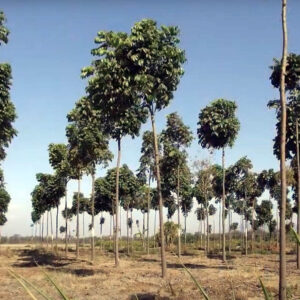
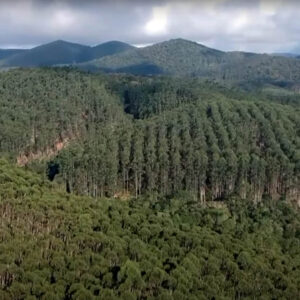
When establishing industrial forests for timber production in Central and South America, it is essential to select suitable plantations that align with the unique climate and soil conditions of the tropics and equatorial regions. Ideal locations typically have well-drained soils and a consistent supply of rainfall, which are crucial for the fast growth of timber species. Areas that have been previously cleared for agriculture or degraded lands can be repurposed for industrial plantations, reducing the pressure on natural forests and contributing to reforestation efforts. Moreover, choosing sites with minimal slopes can facilitate easier mechanization and maintenance.
Selecting the right tree species is crucial for the success and sustainability of industrial forests. Fast-growing, high-yield species are preferred for timber production. Eucalyptus (Eucalyptus spp.) and teak (Tectona grandis) are popular choices due to their rapid growth, adaptability to tropical climates, and high-quality timber. Other species like mahogany (Swietenia macrophylla) and acacia (Acacia spp.) are also valuable for their durable wood and economic potential. These species are particularly promising for creating industrial forests as they are well-suited to the climatic conditions of Central and South America and have strong market demand.
Supply and production of tools for forest reclamation and foresting advice

Caoba tree – big-leaf mahogany plantation
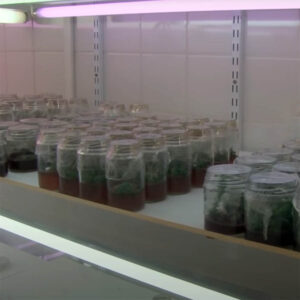
Eucalyptus microcloning
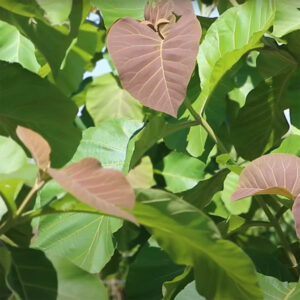
teca plantation
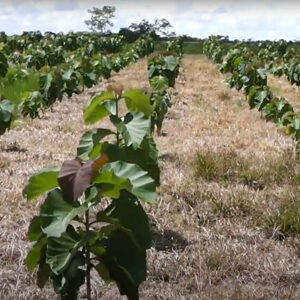
Teca young trees
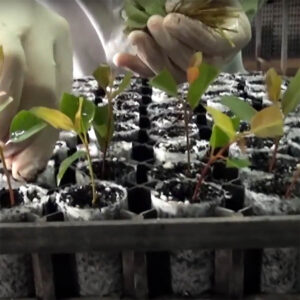
propagation of eucalyptus by cuttings

Industrial eucalyptus forest in Brazil

Eucalyptus is propagated by microcloning – this allows you to select the optimal clones for propagation and immediately obtain a huge number of seedlings. Teak wood and Switenia are propagated by seeds; Mahogany Switenia or Mahogany have huge seeds with an impeller, and large fruits in which many seeds are “packed”.
Eucalyptus is propagated not only by microcloning, but also by cuttings – this is an accessible method
Thanks to microcloning, eucalyptus is the leading tree species in the industrial forests of South America. Have they switched from laboratory breeding at forestry institutes to the practice of restoring tropical forests or industrial forest plantings?
The rubber tree (Hevea brasiliensis) is a cornerstone of industrial forestry in tropical regions, valued for its latex production, which is processed into natural rubber. Besides its importance in rubber production, Hevea brasiliensis also provides durable wood that is used in furniture and construction. When establishing rubber plantations, it is crucial to select high-yielding Hevea clones that are resistant to common diseases such as South American leaf blight. These clones not only produce high-quality rubber but also provide timber, making them a dual-purpose crop that enhances the economic viability of industrial forests.
Mechanization plays a pivotal role in the efficient establishment and management of industrial forests. Modern machinery such as tree planters, mechanical harvesters, and soil preparation equipment are used to streamline the planting process, ensuring uniform spacing and depth for optimal growth. Drones and GPS technology are increasingly employed for monitoring forest health, pest control, and precision agriculture. Regular maintenance, including thinning, pruning, and pest management, is also mechanized to reduce labor costs and improve productivity. The use of advanced techniques like remote sensing and automated irrigation systems further enhances the efficiency of industrial forestry operations.
Industrial forests serve multiple functions beyond just producing timber. One of the most significant roles they play is in carbon sequestration. Trees absorb carbon dioxide from the atmosphere, helping to mitigate climate change by reducing greenhouse gases. Additionally, well-managed industrial forests can support biodiversity by providing habitats for various species and contribute to soil conservation by preventing erosion. These forests can also be integrated into broader land management strategies, balancing the demands of timber production with environmental sustainability.
Industrial forests face ecological challenges, particularly from pests and diseases that can threaten the health and productivity of the plantations. Common pests include insects like the mahogany shoot borer (Hypsipyla grandella) and termites, which can cause significant damage to valuable timber species. To combat these threats, integrated pest management (IPM) strategies are employed, combining biological controls, such as introducing natural predators, with chemical treatments. Some tree species, like eucalyptus, are less susceptible to pests, making them a favorable choice for industrial forests. Research into resistant tree varieties and sustainable pest control methods continues to be a priority to ensure the long-term viability of these forests.
We offer services for planting industrial forests and forest care. We have the knowledge and special equipment for uprooting and clearing felled forest and for constructing planting strips, ditches, and drainage ditches. Using all services together, we can offer to carry out work on planting industrial forests using our own resources.
We use a variety of tractors and forestry plows to create a network of planting ditches to accommodate tree seedlings.
With our knowledge of ecology, we suggest that the creation of industrial forests requires a multicultural approach: the days of planting thousands of hectares of spruce or pine are gone.
It is necessary to plant a wide variety of undergrowth species and shrubs to ensure the forest’s resistance to various pests.
We use techniques to plant different species and shrubs of the undergrowth to ensure the forest’s resistance to various pests. Monoculture forests of spruce and pine have suffered serious damage in recent years, and methods exist to counter these threats. This is the only way to make industrial forest profitable.